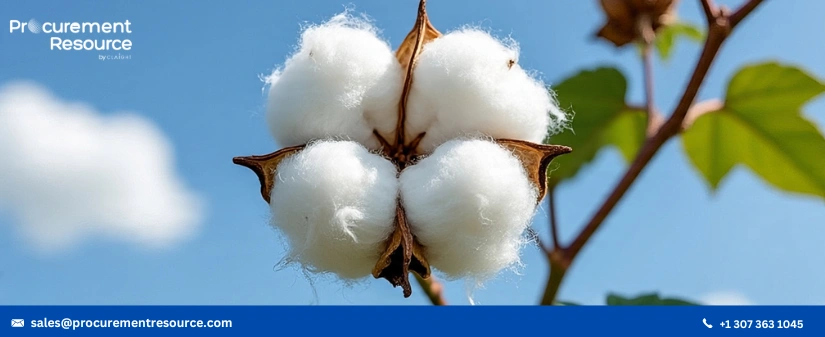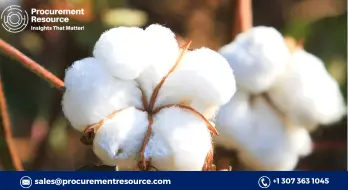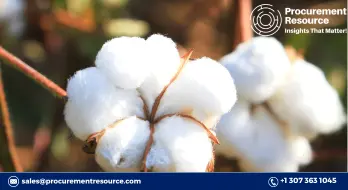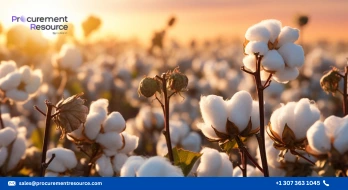Cotton prices recently witnessed a rise in prices amid improvement in demand and tighter anticipated supplies

Cotton prices recently rebounded from multi-month lows due to several supportive factors in commodity markets. A key driver was the stabilization in crude oil prices, which influenced cotton's competitiveness against synthetic alternatives like polyester. The stabilization of crude oil prices after recent declines supported cotton's rebound by improving its cost competitiveness against synthetic alternatives like polyester.
When oil prices steady or rise, polyester production becomes more expensive, making natural cotton fibers relatively more attractive to textile manufacturers. This price relationship strengthened cotton demand just as the market was recovering from multi-month lows. Additionally, the oil market's stabilization signaled improved macroeconomic sentiment, which further bolstered trader confidence in cotton's demand outlook.
Additionally, gains in agricultural commodities such as soybeans and wheat contributed to improved sentiment in the cotton market, as traders often view these markets collectively.
Another factor was the anticipation of the USDA's monthly supply and demand report. While US crop conditions slightly declined from the previous week, they remained better than last year's levels, offering some supply-side stability. However, weaker export data from Brazil, a major cotton producer, hinted at tighter global supplies, further supporting prices. The rebound also followed heavy speculative selling in prior weeks, with short-covering likely playing a role in the recent uptick.
Recent Cotton Future Market Dynamics
Cotton futures rebounded on Monday (11th August) after hitting a four-month low in the previous session, supported by stabilizing crude oil prices and gains in the broader grain complex. The most active December 2025 contract rose 0.16 cents to settle at 66.76 cents/pound, recovering from its lowest level since April 7th. Trading volumes totaled 35,550 contracts, showing cautious participation ahead of the USDA's WASDE report. The market found additional support from improving agricultural commodity sentiment, with CBOT soybeans rallying over 2% on export optimism.
Read More About Cotton Production Cost Reports - Request Free Sample Copy in PDF
While speculators had increased net short positions to 60,754 contracts (as per August 5th CFTC data), the price recovery suggested some short-covering activity. Crop conditions remained relatively strong at 53% good-to-excellent, though slightly below the previous week's 55%, while boll development progressed steadily at 65% setting versus 55% last week. The stabilization followed last week's selloff, with traders now weighing fundamental factors including global demand signals and Brazil's weaker export performance (down 43% year-on-year in early August) against technical buying interest.



